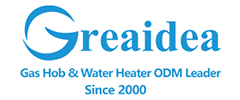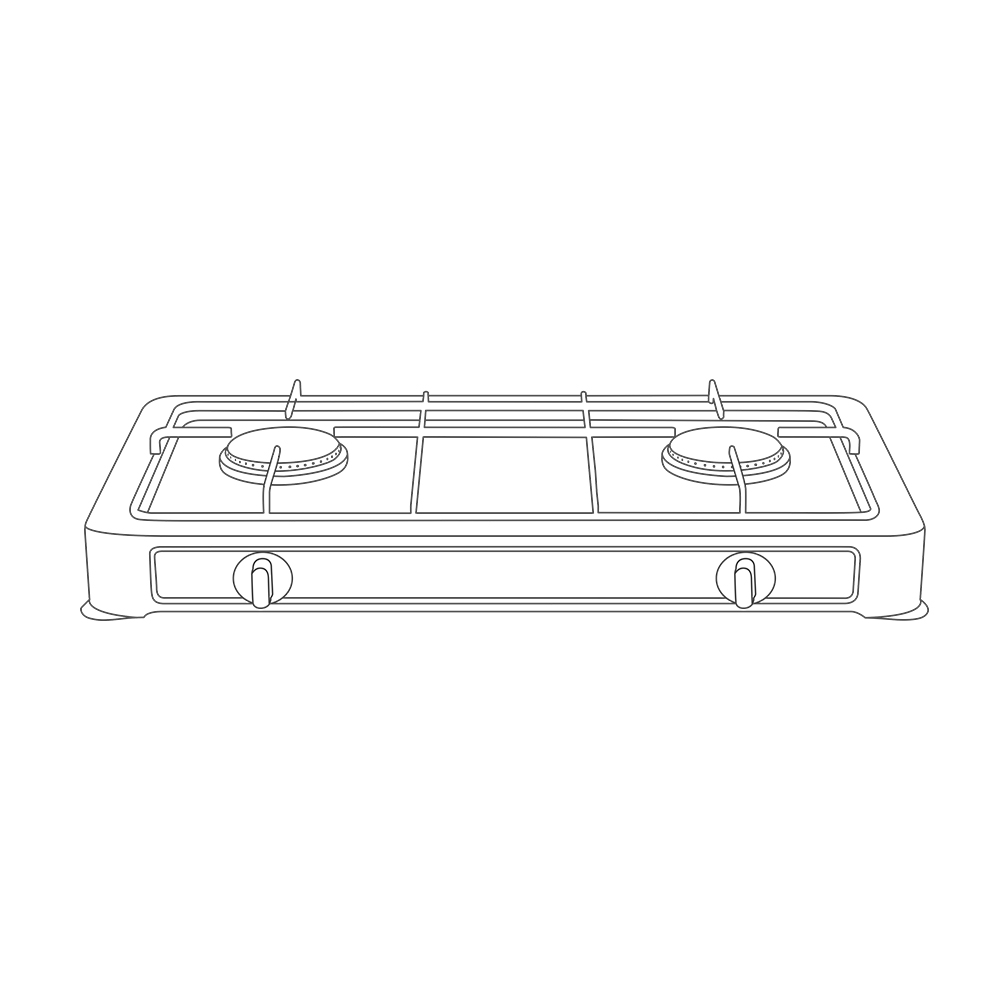OEM vs. ODM: Which Is the Better Option for Your Appliance Brand?
For appliance brands looking to expand or optimize their product line, working with manufacturing partners in China is a highly effective strategy. Two commonly used models are OEM (Original Equipment Manufacturer) and ODM (Original Design Manufacturer). But what do these terms mean, and which is better for your brand? This blog breaks down the definitions, differences, and decision-making factors between OEM and ODM to help you choose the best approach.
What Is OEM?
OEM, or Original Equipment Manufacturer, refers to a production model where the buyer (you) provides the product design, and the manufacturer produces the appliance to your specifications. You control the product features, design, branding, and packaging.
Typical OEM Process:
In a typical OEM (Original Equipment Manufacturer) model, the brand takes the lead by providing a complete product design, including technical specifications, features, and sometimes even packaging details. The manufacturer is responsible for producing the product strictly according to these requirements and branding it under the buyer's name. Once production is complete, the OEM supplier also manages delivery and logistics based on the agreement.
Best for:
This model is ideal for brands with strong R&D capabilities or established design teams, as it offers full control over product features, quality, and intellectual property. It's also well-suited for businesses looking to launch differentiated products in competitive markets, where owning a unique design is critical for success.
What Is ODM?
ODM, or Original Design Manufacturer, refers to a model where the manufacturer provides a ready-made or semi-customizable product that can be rebranded by the buyer. The brand can often make limited changes to color, features, or packaging.
Typical OEM Process:
In an ODM (Original Design Manufacturer) model, the supplier provides a ready-made catalog of proven product designs for the brand to choose from. Brands can either select a model as-is or request specific customizations such as logo printing, packaging adjustments, or minor functional tweaks. Once finalized, the product is manufactured under the buyer's brand and delivered according to the agreed timeline.
Best for:
This model is especially advantageous for startups or companies without in-house design capabilities. It enables faster time-to-market, lower development costs, and the flexibility to test new product categories with minimal risk. It's also ideal for businesses working with smaller MOQs or entering new markets where speed and adaptability are key.
OEM vs. ODM: Key Differences
| Feature | OEM | ODM |
| Design Ownership | Buyer | Manufacturer |
| Customization Level | Full | Limited |
| Ideal For | Unique, proprietary products | Fast-to-market, lower-risk launches |
Considerations Before Choosing
Budget: OEM projects usually cost more due to R&D and tooling.
Timeframe: If speed is critical, ODM might be the better option.
Differentiation: OEM gives you a unique product; ODM may be shared across multiple brands.
Brand Positioning: Premium brands often prefer OEM for exclusive design.
Greaidea: One-Stop OEM & ODM Appliance Solutions
Whether you choose OEM or ODM, Greaidea is equipped to support your brand every step of the way. We provide full-chain services, from industrial design (ID) to final delivery. Our capabilities include:
Custom product development and tooling (OEM)
A wide range of pre-developed models ready for branding (ODM)
Product configuration tailored to market needs
Professional support with certification, testing, and compliance
Experience in export markets such as Latin America, the Middle East and Central Asia
Looking to elevate your product line with high-quality gas hobs, gas water heaters, or range hoods? Let Greaidea help you build or expand your brand with flexible OEM and ODM services.
Contact us today to learn more or request a quote. Email:sales@greaidea.com












